Human history is often thought to progress in a linear fashion.
However, there is a theory suggesting that civilizations rise, fall, and then rise again in a perpetual loop.
This astounding claim emerges from patterns found in lost civilizations, ancient ruins, and even modern society.
Known as the “civilization loop theory,” this idea ties into many urban legends and mysteries.
The notion that human civilization endlessly repeats itself is filled with fascinating elements.
Shall we explore this grand narrative of unknown history together?
- Traces of “repetition” left by ancient civilizations
- Mysteries surrounding Atlantis and lost cities
- Curious histories carved into Japan’s ancient ruins
- Modern society’s links to the past
- Hidden Traces of Civilization Loops in Ancient Times
- Atlantis and the Mystery of Lost Cities
- Traces of Civilization Loops in Japan
- Signs of a Recurrence in Modern Society
- Conclusion
Hidden Traces of Civilization Loops in Ancient Times
Ancient civilizations reveal traces that suggest humanity might have repeatedly experienced similar cycles of mistakes and progress.
Structures such as pyramids and Stonehenge contain advanced knowledge and technologies that cannot simply be attributed to coincidence.
It is difficult to believe that these constructions were built solely with the technical capabilities of their time.
Could these marvels be the result of civilizations that once perished and then reemerged?
The Possibility of Civilization Loops Suggested by Pyramids
The Egyptian pyramids are among the most iconic ancient structures in the world.
Their precise architecture and the methods used to transport massive stones remain mysteries even with modern technology.
Additionally, the pyramids are aligned with specific constellations, which is an extraordinary achievement.
This alignment was not decorative; it shows that ancient Egyptians had profound knowledge of astronomy.
Construction Techniques Based on Astronomical Alignment
The Egyptian pyramids symbolize the advanced scientific knowledge of ancient Egyptian civilization.
The famous Giza pyramids, for instance, align with the three stars of Orion’s Belt.
This alignment was no accident but a deliberate architectural choice with significant purpose.
How ancient Egyptians managed to achieve such precision remains an unsolved mystery even today.
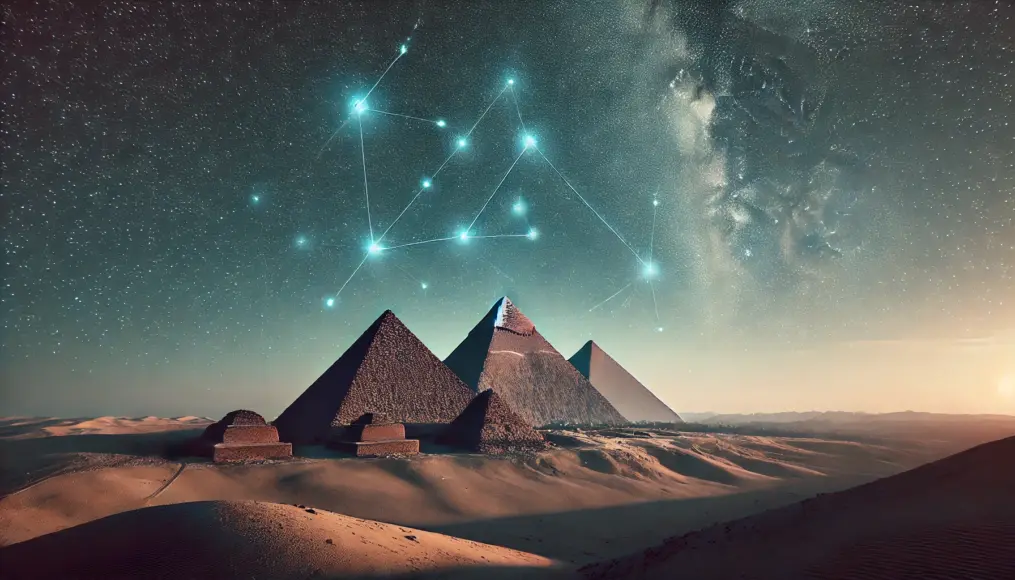
The Mysteries of Stonehenge and Astronomy
Stonehenge in England is another remarkable structure that demonstrates the technological prowess of ancient civilizations.
This massive stone circle aligns with the sunrise during solstices, indicating a connection with celestial events.
Was this alignment solely for religious ceremonies, or did it serve a more profound scientific purpose?
Stonehenge provides evidence that ancient people understood and utilized the rhythms of nature and the cosmos.
Design of Stonehenge Utilizing Solar Movements
The design of Stonehenge reflects its connection to the movement of the sun, particularly for marking seasonal changes.
For ancient communities, understanding the sun’s movements was crucial for agriculture and religious events.
The level of precision required for this design suggests a sophisticated understanding of astronomy.
Modern scientists are still trying to unravel the methods used to create this monumental structure.
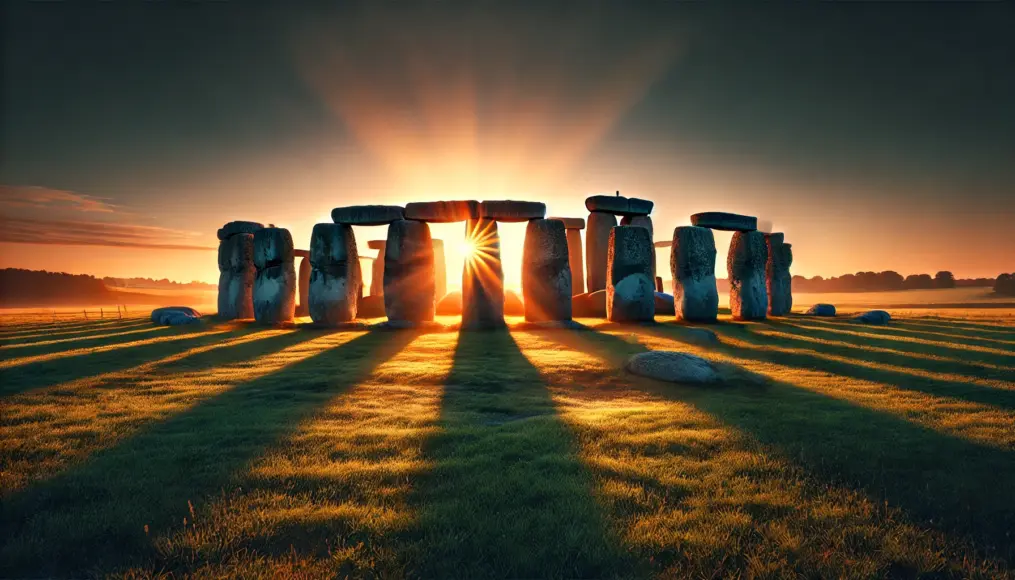
The Hanging Gardens of Babylon and Lost Technologies
The Hanging Gardens of Babylon, one of the Seven Wonders of the Ancient World, remain unconfirmed in existence.
However, ancient texts describe its intricate water systems, showcasing remarkable ingenuity.
The Mesopotamian region was arid, necessitating efficient methods for collecting and distributing water.
The gardens likely used mechanisms resembling modern pumps or aqueducts to supply water throughout their elevated structures.
Advanced Water Management in Ancient Times
The Hanging Gardens of Babylon are believed to have utilized systems to lift water to great heights, distributing it across the entire garden.
These systems likely employed innovative lifting devices or gravity-fed channels, representing an extraordinary level of technological advancement for their era.
Such achievements are considered precursors to modern water infrastructure, highlighting the sophistication of ancient engineering.
If the gardens truly existed, they might serve as crucial evidence supporting the civilization loop theory.
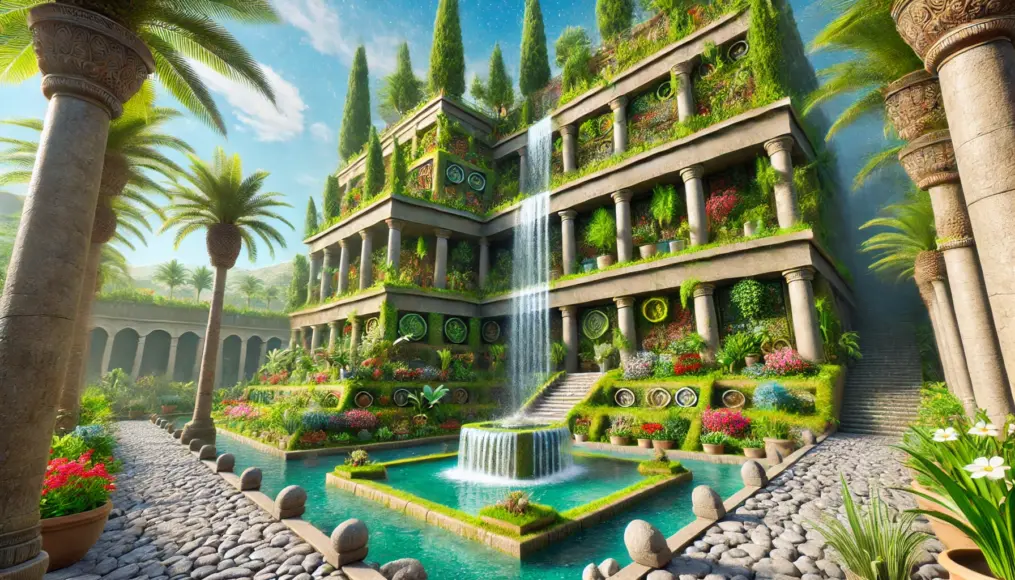
Atlantis and the Mystery of Lost Cities
The name Atlantis is familiar to many.
This lost continent, described by the ancient Greek philosopher Plato, has sparked the imagination of people worldwide.
Atlantis was said to possess an advanced civilization but sank beneath the ocean due to natural disasters or its own mistakes.
If this city truly existed, it might serve as evidence for the theory of civilizations rising and falling in cycles.
Plato’s Account of the Atlantis Legend
In Plato’s works Timaeus and Critias, Atlantis is described in detail.
According to him, Atlantis was a vast land beyond the Mediterranean, boasting advanced technology and culture.
However, it eventually succumbed to destruction due to the moral decay of its people.
Should this account be taken as mere allegory, or does it hold some basis in reality? The debate continues.
Scientific Exploration of Atlantis and Underwater Ruins
Many investigations related to the Atlantis legend are based on the discovery and analysis of underwater ruins.
These studies examine structures found on the seafloor, some of which appear to have been artificially created.
Features such as massive stone arrangements or geometric patterns suggest the possibility of human craftsmanship.
These explorations may hold the key to unlocking the mystery of Atlantis.
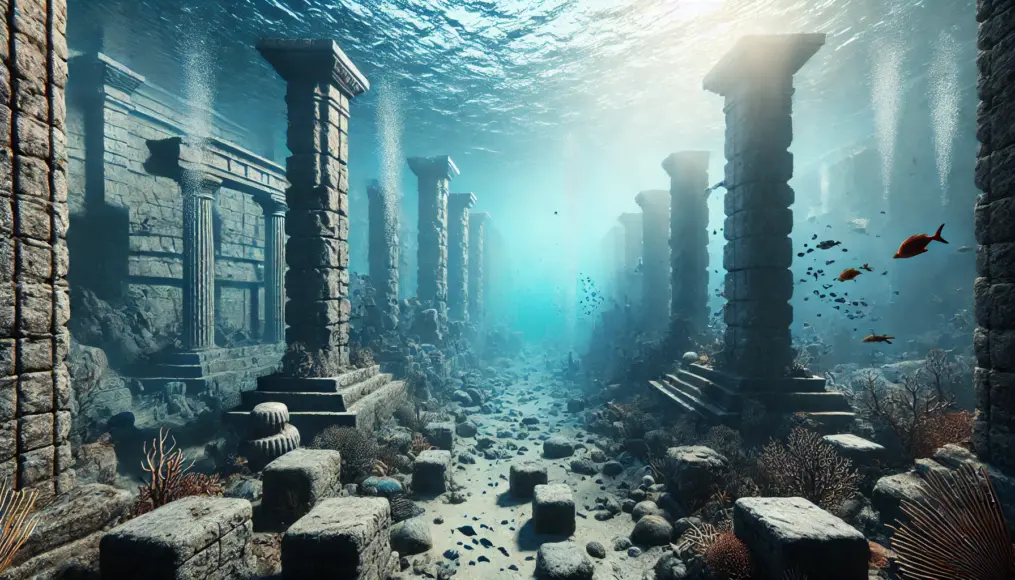
The Possibility of Atlantis and Discovered Ruins
Around the world, underwater ruins thought to be remnants of lost cities have been discovered.
Examples include the submerged ruins in the Gulf of Khambhat off India and the Bimini Road in the Bahamas.
These structures are often too symmetrical to be considered natural formations, suggesting human construction.
Such findings indicate that the Atlantis legend might have some grounding in reality rather than being mere myth.
The Mysterious Patterns of Submerged Structures
Some underwater ruins feature designs and arrangements that appear deliberate and planned.
The Bimini Road, for instance, is composed of large stones aligned in straight rows, hinting at artificial origins.
These characteristics suggest that ancient civilizations possessed advanced planning and construction capabilities.
Such discoveries may serve as critical evidence supporting the possibility of Atlantis’s existence.
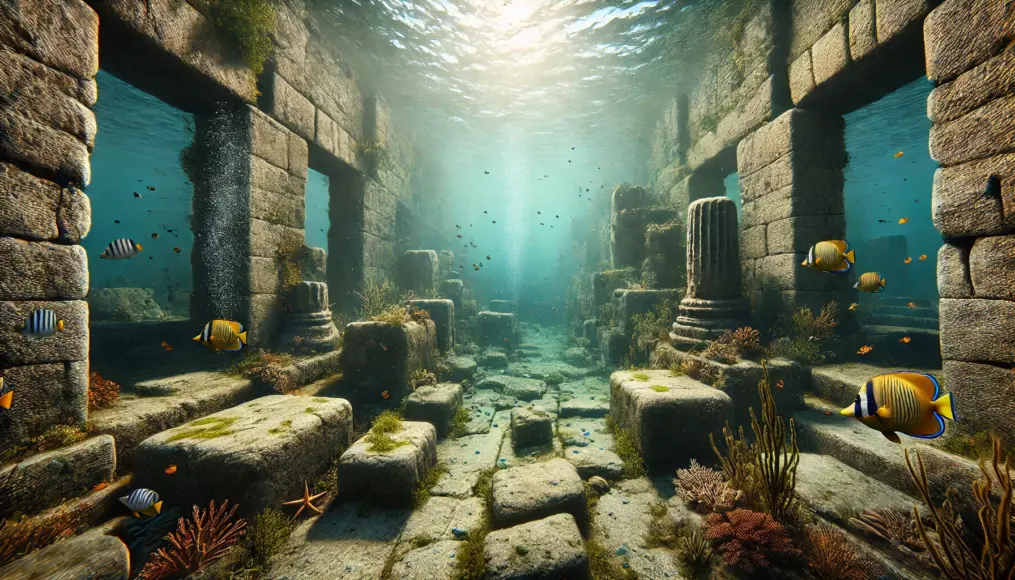
Similarities Between Atlantis and Other Lost Cities
Atlantis is not the only lost city described in ancient records and legends.
Other examples include El Dorado in South America and Zanzibar in Africa, which are often associated with wealth and prosperity.
These cities also symbolize the rise and fall of past civilizations, offering valuable historical insights.
The parallels between these cities and Atlantis include advanced technology, rich culture, and mysterious disappearances.
Shared Characteristics and Backgrounds of Legendary Cities
The legends of lost cities often share common elements.
These include abundant resources, advanced technology, and eventual destruction due to natural disasters or human failings.
These recurring themes highlight patterns seen throughout history and suggest a cyclical nature of civilization.
Examining these stories offers a fascinating perspective on the lessons history can teach modern society.
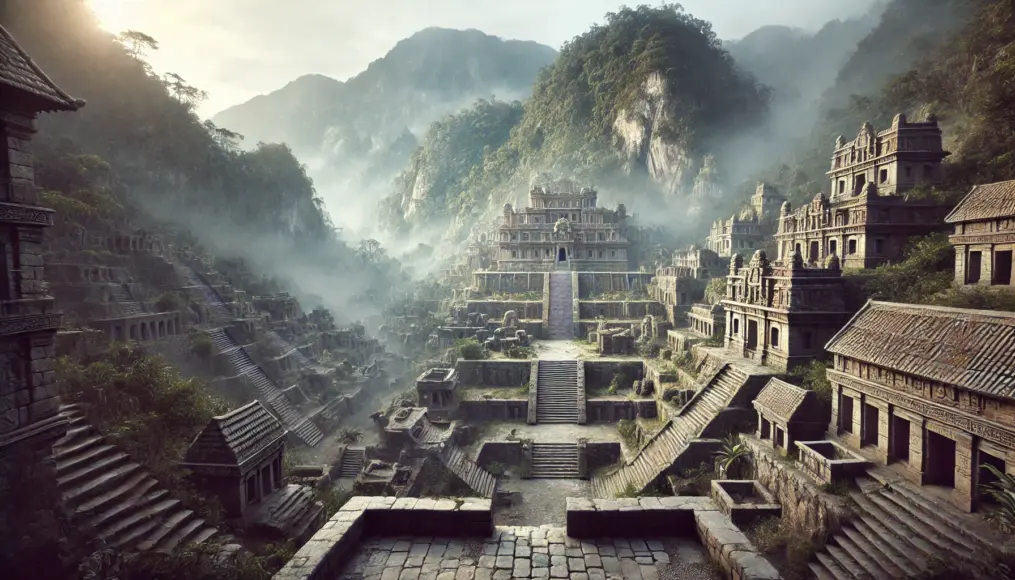
What Atlantis Teaches Modern Society
The story of Atlantis is more than just an ancient tale; it holds lessons for the present.
It prompts us to reflect on the cycles of civilization’s rise and fall and the risks we face today.
Modern society may be repeating the same mistakes that ancient civilizations once made.
Atlantis encourages us to reassess how we approach sustainability and the environment.
A Sunset Over the Sea Representing the Lessons of Atlantis
The tale of Atlantis serves as a reminder of the importance of preserving natural resources and striving for sustainable development.
It draws attention to the dangers of environmental destruction and excessive consumption.
As modern culture and technology continue to advance, we must learn from history to avoid repeating its failures.
The lessons of Atlantis could guide us toward a more responsible and balanced future.

Traces of Civilization Loops in Japan
Japan contains numerous traces suggesting that ancient civilizations might have experienced repetitive cycles.
Myths, legends, and ancient ruins provide valuable clues about how Japanese culture and origins have evolved over time.
Particularly fascinating are the giant stone structures and intricate architectural designs that remain shrouded in mystery.
These elements share commonalities with other civilizations worldwide, hinting at the possibility of humanity’s cyclical history.
Japan’s Megalithic Culture and Global Similarities
Japan’s megalithic culture reveals striking similarities to ancient civilizations around the world.
For example, the Ishi-no-Hoden in Nara and the Yojima Megaliths in Kagawa are composed of enormous stones believed to have been moved and placed by human effort.
Their alignment is thought to correspond to celestial events or religious rituals, showing deliberate design.
Such parallels suggest that Japan’s ancient culture might have shared connections with global civilizations.
The Design and Astronomical Links of Ishi-no-Hoden
The Ishi-no-Hoden in Nara is thought to have been designed with astronomical phenomena in mind.
Studies suggest that the arrangement of its massive stones aligns with solstice sunrises, among other celestial events.
The transportation and precise placement of these stones, weighing several tons each, remain an unsolved mystery.
This site exemplifies the advanced knowledge possessed by ancient Japanese people.
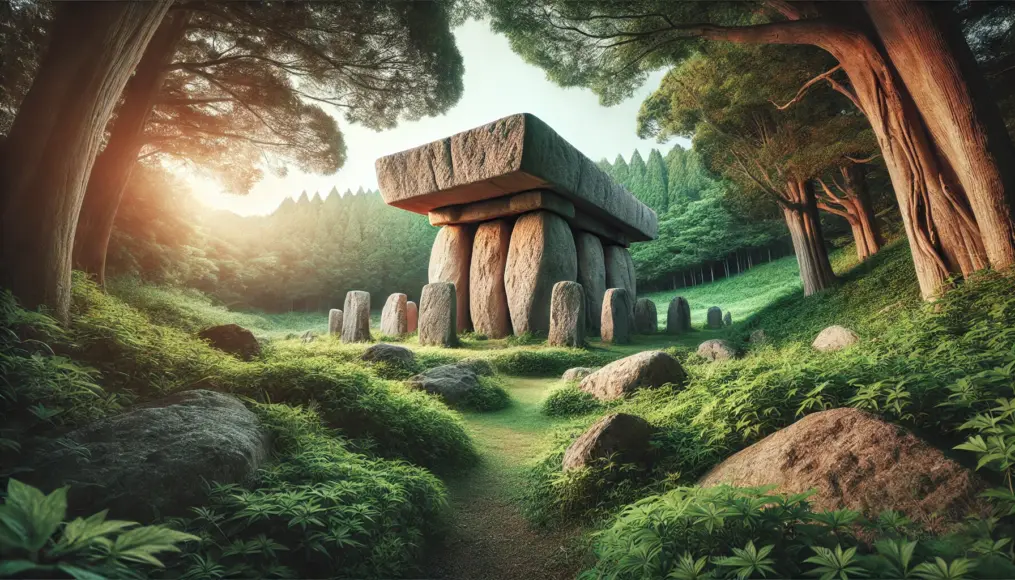
Technological and Spiritual Features of Jomon Culture
The Jomon period stands out as a remarkable era in Japan’s prehistoric history.
Jomon pottery, known for its intricate designs and functionality, reflects the cultural sophistication of the time.
Additionally, settlements and circular stone arrangements reveal the Jomon people’s harmonious coexistence with nature and awareness of solar movements.
These features suggest that Jomon culture combined advanced technical and spiritual knowledge.
Jomon Pottery’s Connection to Nature and Culture
Jomon pottery is adorned with swirling and wave-like patterns symbolizing elements of nature.
These designs are not merely decorative but represent the Jomon people’s deep respect for and connection to their environment.
The production of such pottery required advanced techniques, showcasing the technical skills of the era.
Jomon pottery serves as an enduring artifact of a culturally and technologically mature society.

Lessons from Japanese Myths About Past Civilizations
Japanese mythology contains numerous elements relevant to the theory of civilization loops.
The stories of gods in the Kojiki and Nihon Shoki include themes like world creation and great floods, echoing myths from other regions.
These similarities suggest that ancient knowledge and experiences might have been shared across civilizations.
Examining these myths provides insights into the histories and lessons of past civilizations.
The Symbolism of Ise Shrine in Rebirth and Continuity
Ise Shrine, dedicated to the sun goddess Amaterasu, represents a central figure in Japanese mythology.
Its architectural design and rituals reflect ancient Japanese cosmology and religious beliefs.
The 20-year ritual of rebuilding the shrine, called Shikinen Sengu, symbolizes rebirth and renewal.
This tradition highlights the concept of civilizations collapsing and reemerging, embodying the loop theory of history.
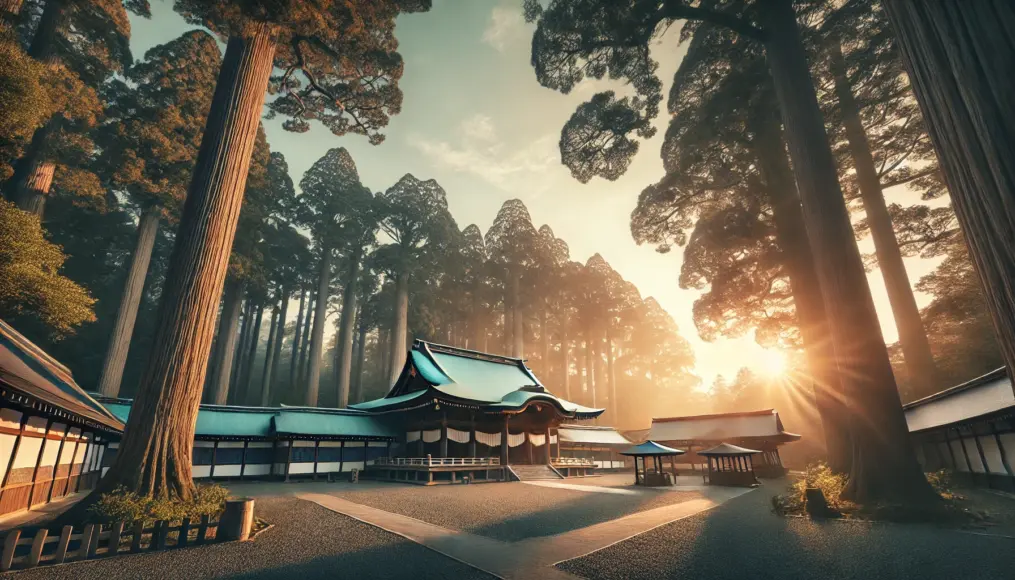
Yonaguni Underwater Ruins and Japan’s Lost History
The underwater ruins near Yonaguni Island in Japan have sparked considerable debate due to their size and features.
The site contains step-like structures and carved markings that suggest an artificial origin.
If these ruins were indeed created by ancient civilizations, they could point to lost chapters in Japanese history.
The Yonaguni ruins offer critical clues about the advanced societies that may have once existed in the region.
Yonaguni Underwater Ruins and Ancient Knowledge
The massive, step-like structures of the Yonaguni underwater ruins suggest intentional design rather than natural formation.
Some researchers propose that these ruins were aligned with specific constellations or cardinal directions.
The scale and complexity of the site indicate that ancient Japanese civilizations possessed advanced knowledge and engineering skills.
This site could serve as crucial evidence of a sophisticated and possibly lost civilization in Japan’s past.
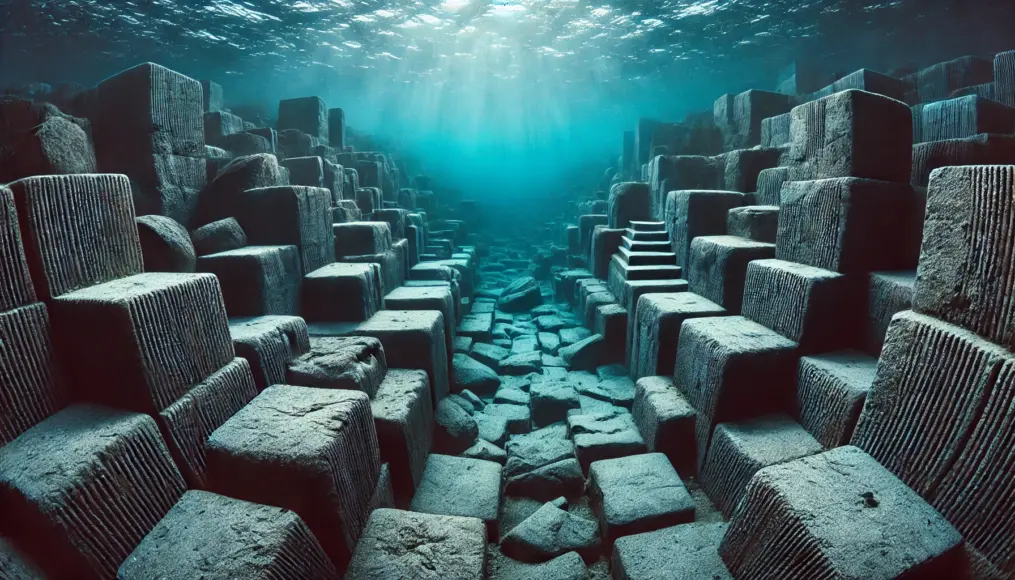
Signs of a Recurrence in Modern Society
Modern society exhibits numerous patterns strikingly similar to those of past civilizations.
These include rapid technological advancements, environmental issues, and social instability.
History shows that these elements significantly influenced the rise and fall of ancient civilizations.
Thus, we must learn from past mistakes to build a sustainable future.
Technological Advancements and Their Historical Parallels
The rapid pace of technological progress in modern times, such as advancements in AI and space exploration, is remarkable.
However, even ancient civilizations experienced technological breakthroughs before their eventual decline.
For instance, the Roman Empire and the Mayan civilization both had advanced architectural and scientific knowledge yet ultimately fell.
Reflecting on this history highlights the need to consider the risks associated with modern technological advancements.
Challenges and Risks Associated with Modern Technology
While technology advances, it also raises ethical and practical challenges, such as job displacement due to AI.
The competition in space exploration has also sparked concerns about its potential military applications.
Neglecting these risks in the pursuit of progress could lead to repeating the mistakes of past civilizations.
Striking a balance between technological innovation and human welfare is essential for a sustainable future.
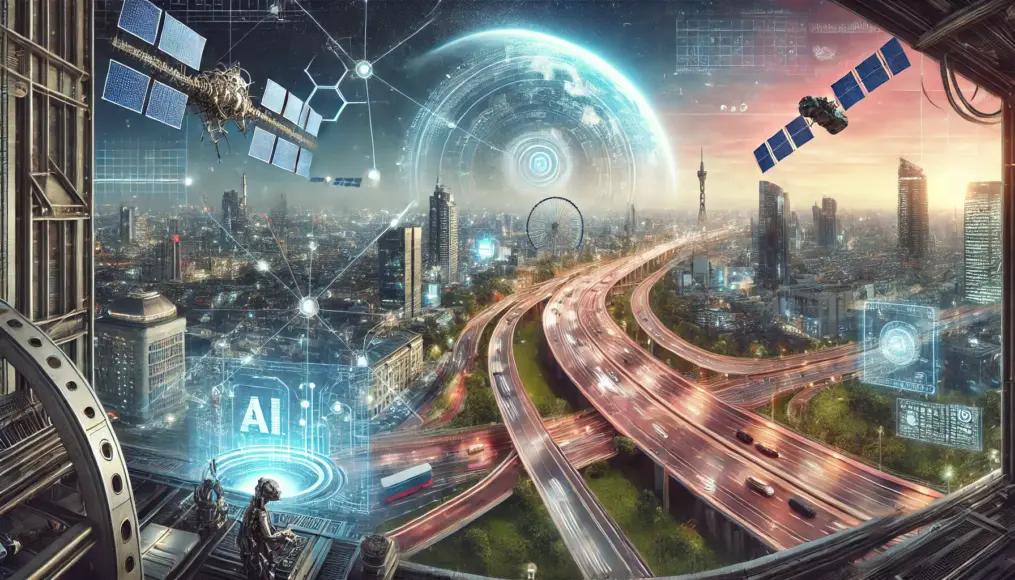
Environmental Issues and Natural Disasters in History
Environmental issues are one of the greatest challenges facing modern society, just as they were for ancient civilizations.
For example, climate change and desertification contributed to the decline of ancient Mesopotamia.
Similarly, modern climate change is having profound effects globally, necessitating immediate action.
Raising awareness of environmental protection is crucial to ensuring the survival of current and future civilizations.
The Impact of Environmental Destruction and Climate Change
Deforestation and the extensive use of fossil fuels have drastically altered Earth’s natural environment.
Frequent floods, droughts, and extreme weather events are believed to be results of these human-induced changes.
By learning from the environmental failures of past civilizations, modern society can implement sustainable practices.
Addressing environmental issues on a global scale is a critical step toward securing a stable future.

Social Instability and Lessons from History
Throughout history, social divisions and instability have often led to the collapse of civilizations.
In modern society, economic inequality and political conflicts present significant challenges.
Understanding how past civilizations addressed social crises is vital to preventing similar issues today.
Learning from history and striving for social stability are essential for building a cohesive society.
The Threats Posed by Economic Inequality
Widening economic disparities can lead to unrest and even violent uprisings.
Many historical civilizations saw wealth concentration create dissatisfaction, ultimately contributing to their decline.
In the modern era, growing disparities in wealth and resources pose similar risks to societal unity.
Implementing sustainable social policies is crucial to overcoming these challenges and fostering social cohesion.

Sustainable Efforts to Prevent a Recurrence
To avoid repeating the fate of past civilizations, modern society must adopt sustainable practices.
Renewable energy use and the establishment of circular economies are examples of such efforts.
Additionally, learning from historical lessons and fostering collaboration across society are vital.
By addressing these challenges, we can ensure that civilization continues to thrive without repeating past failures.
Practical Steps Toward a Sustainable Society
Renewable energy sources such as solar and wind power are becoming increasingly widespread.
Recycling technologies and waste reduction initiatives also play a key role in realizing a circular economy.
Spreading awareness about sustainability through education and policy is crucial for ensuring future stability.
These efforts represent steps toward constructing a civilization that avoids the mistakes of the past.

Conclusion
The idea that human civilizations have repeatedly risen and fallen is supported by numerous clues and evidence throughout history.
From ancient mysterious ruins and legends to modern signs of recurrence, the theory of civilization loops is a captivating topic.
Reflecting on this concept could provide valuable lessons and solutions for shaping our own future.
What are your thoughts on the theory of civilization loops? Feel free to share your opinions in the comments below!

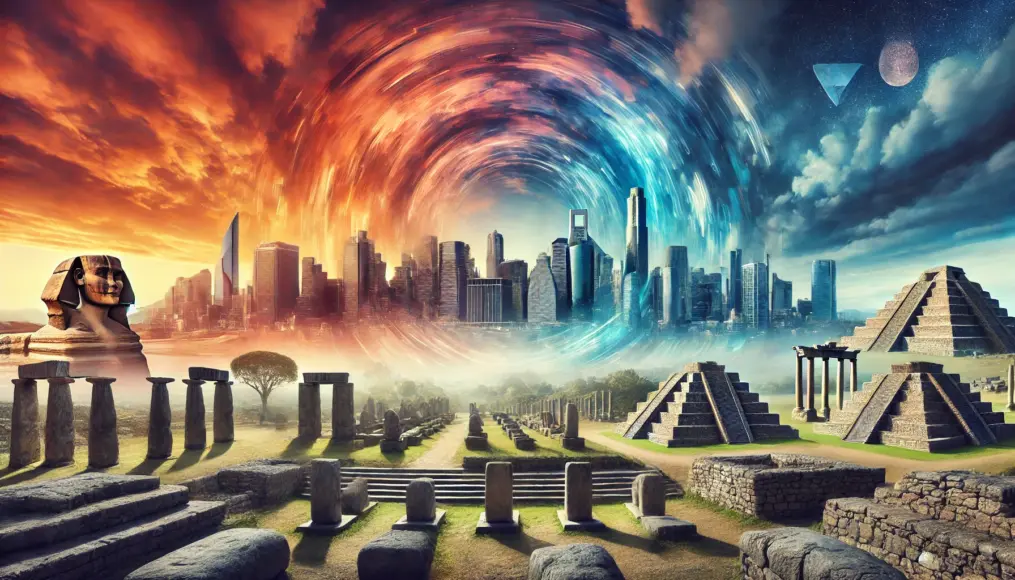
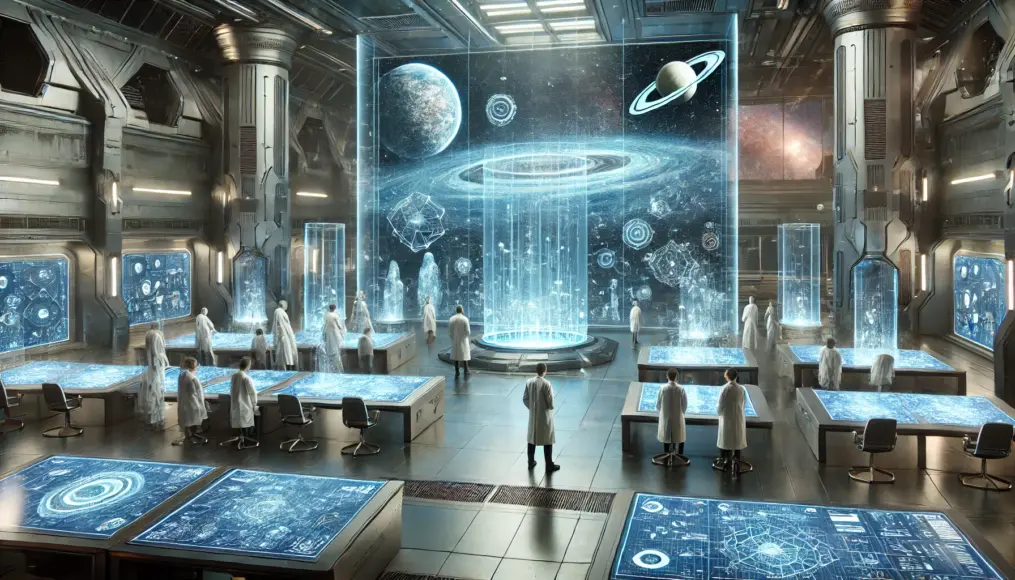

Comment